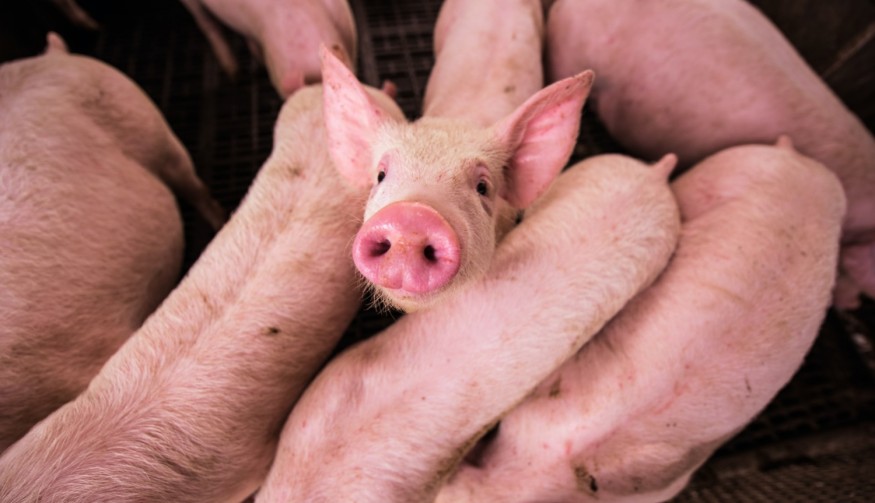According to an investigation into the horrific conditions in which farm animals are carried throughout the country, tens of millions of farm animals in the United States are dying before they can be butchered.
A publicly accessible data, around 20 million chickens, 330,000 pigs, and 166,000 cattle are killed at abattoirs in the United States each year. On arrival, an estimated 800,000 pigs would be unable to walk.
Official records of the animals' deaths are not available. Still, veterinarians and animal welfare experts told the Guardian that heat stress, especially during the summer months, as well as cold temperatures and trauma, were the most likely reasons.
Exhausting Travels

The enormous distances some animals are compelled to travel, and the increasing frequency with which they are transported are believed to have increased the number of deaths.
In August of last year, a truck transporting pigs w32as monitored for 32 hours continuously throughout the United States, with the animals locked inside for the whole.
Animals moving across the border to or from Mexico and Canada have been documented to travel even greater distances. One trucker informed an animal welfare investigator that he had hauled livestock nearly two days from Quebec, Canada, to Mexico.
Another driver said it took him 48 hours to transport livestock from a tiny stockyard on New York's east side to Chihuahua, Mexico. During the trek, the cattle had no access to water, food, or rest.
Legislative Safety Net
Only one piece of legislation regulating animal transportation in the United States: the 1873 28-hour statute. If the travel is longer than 28 hours, the animals must be unloaded, rested for five hours, and provided food and drink, according to the legislation. It does not apply to birds.
According to Piper Hoffman, legal director for the NGO Animal Outlook, the rule initially included animals carried by train. "The US government just recognized the legislation also protects animals carried by truck in 2006, in response to pressure from NGOs," she added.
Despite Animal Outlook investigations in 2005, 2012, and 2021, which recorded what the NGO said were legal infractions, no convictions have occurred.
Animal transport by road is ostensibly limited to eight or nine hours in Europe. However, exceptions and implementation flaws mean that some journeys take much longer.
Transport-Related Fatality

The Guardian's transportation-related fatality numbers for hens were determined by translating USDA data on the weight of poultry flesh rejected before slaughter.
The number of pigs is based on USDA slaughter estimates for 2021 and an investigation that indicated an average of 0.26 percent of pigs died after transport from 2012 to 2015, with 0.63 percent unable to walk. The livestock statistic is also based on USDA slaughter figures and an investigation that indicated that between 2003 and 2007, 0.49 percent of cattle were rejected after transit.
The final results were not corrected by a USDA statistician who examined the Guardian's investigation.
According to research, the leading causes of death in cattle were "heatstroke, trauma, and respiratory disease... [and] the main reason in pigs is hyperthermia (overheating), especially during the summer," according to Gwendolen Reyes-Illg, a veterinarian with the Animal Welfare Institute (AWI), a US non-profit.
Hoffman said that other dangers included falling in pee and excrement, weariness, hunger, and thirst.
Additional Data
Dena Jones, an AWI director, stated that the meat industry's consolidation, with larger and fewer enterprises, increased the lengths animals had to travel before slaughter. Animals were transported from growing regions to fattening areas and eventually to slaughter as the isolation between the various production phases increased.
Jones predicted that infractions of the 28-hour rule would be prevalent, involving "maybe 10% or more of agricultural animals transferred between states."
The USDA, as well as the agricultural lobby groups the National Pork Producers Council and the American Farm Bureau Federation, did not reply to requests for comment on the number of transport-related animal deaths.
For more animal news, don't forget to follow Nature World News!
© 2025 NatureWorldNews.com All rights reserved. Do not reproduce without permission.





